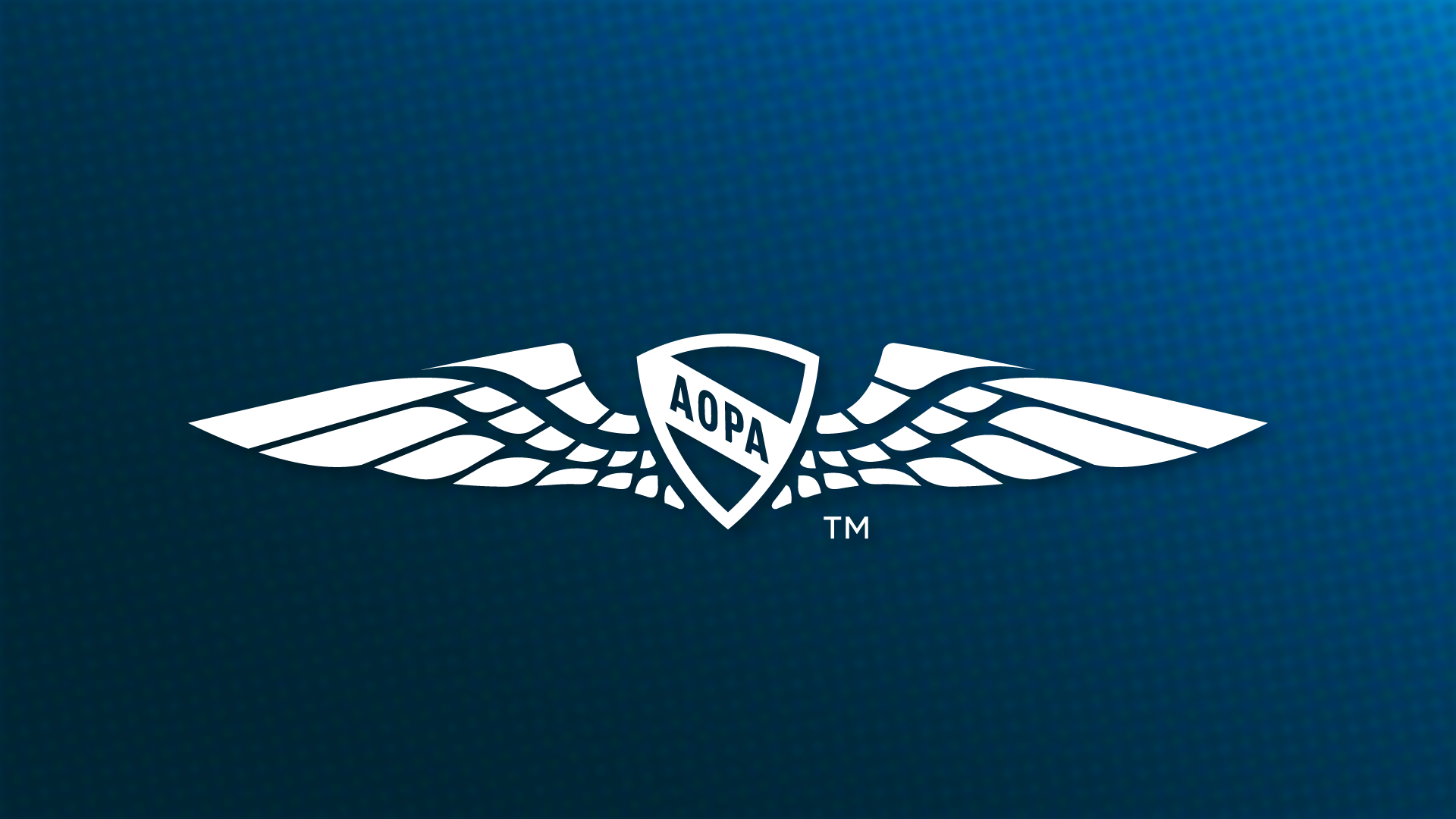Learning Experience
Listen to what you see: Nontowered airports have their own challenges
On a beautiful clear day in August 1981, I had decided to take a short cross-country day trip to Andrews University Airport in Berrien Springs, Michigan, just west of my home base of Kalamazoo. I was flying a 1973 Piper PA-28-180 and had my (nervous) wife in the passenger seat and my young daughter in back.
Our flight to Andrews was short and uneventful when I spotted the airport and mentally framed how I would approach and land, showing off my newly honed piloting skills. A brand-new private pilot, I had logged approximately 80 hours, mostly in a Cessna 150.
Unusual for the time, most of my flight training had taken place at towered fields, using ground control, approach, and departure control. Nontowered fields were very new to me. I was used to reporting my position 10 miles out to approach, squawking, being identified on radar, and then having the tower tell me how I should approach and what runway I should use. There was comfort to a low-time pilot in knowing that I didn't have to think and pick out the best runway, as someone with authority was doing that for me. That eased my pain as a new pilot with one fewer decision to make in the air.
Arriving at Berrien Springs, I did a fly-over of the airport at a safe altitude above the traffic pattern to monitor the traffic flow and to determine the preferred runway. About the same time, I noticed that Andrews had a unicom, so I called in and asked
for an airport advisory and was given the active
runway to attempt a landing. Correlating the airport visual cues with the unicom operator's report didn't cross my mind, because "Big Brother" had spoken. I set up my approach for the runway specified by the unicom operator.
Executing the approach, my airspeed was a little fast, but I thought I could effectively bleed that off. On final, I fully lowered the flaps to 40 degrees (manually and instantaneously on the Cherokee versus electric and slow on the Cessna), hoping this would both give me a steeper approach and help to bleed off some airspeed. Descending to the runway threshold, I noticed that I still was a little fast and eased the power back even more.
Low and behold, I wasn't getting slower, in fact I was getting faster. Things just didn't seem to be adding up. Here I was, running out of runway with 95-foot trees ahead of me, with my airspeed increasing and the airplane not settling onto the runway.
I realized that I had two choices: either get the airplane on the ground, or attempt a go around. Since things were not getting any better in the airspeed department, I opted for the go-around. I applied full power, shut off the carb heat, and immediately retracted the full 40 degrees of flaps all at once. That turned out not to be a good idea. Retracting the flaps in one swift motion caused the aircraft to sink as I had obviously just dumped a huge amount of lift.
With full power and no flaps, I pulled back on the yoke more in an attempt to increase the angle of attack and climb, ever wary of an imminent stall. Just then the stall light illuminated (for the life of me I don't know why there is a stall light and not a stall horn on this airplane) and I realized I couldn't land. And I thought I couldn't climb quickly enough to avoid the fast-approaching trees at the opposite end of the runway.
Someone must have been on my side that day as somehow I managed to tweak enough airspeed and just clear the trees ahead, with the stall light flickering the whole time. By this time my wife had enough thrills for the day, and we elected not to try another attempt at landing, but to head home.
On the way back to Kalamazoo I was trying to dissect just what happened with the attempted landing. Obviously, I was landing upwind with a tail wind, which had prevented the airspeed from dissipating. This was a really dumb and perilous move.
Looking back, I learned several lessons that day:
- While unicom operators may provide an advisory, always double-check what they are saying with what you see; observe the traffic and the wind sock. If you don't like it, do what's right as the pilot in command.
- A pilot needs to take full responsibility for the safe operation of the aircraft. If there is something you don't like or if something doesn't add up, question it and take positive action.
- Most important, I learned to never, ever retract full flaps (particularly manual flaps) all at once when in close proximity to the ground. The loss of lift causes a noticeable sink of the aircraft, raises stall speed, and puts the pilot in an extremely precarious situation.
I am thankful that I was able to bring the aircraft, my family, and myself back in one piece and to be able to fly again, much wiser and much more cautious after having experienced a particularly harried "flying lesson" that day.
"Learning Experiences" is presented to enhance safety by providing a forum for students and pilots to learn from the experiences of others. It is intended to provoke thought and discussion, acknowledging that actions taken by the authors were not necessarily the best choices under the circumstances. We encourage you to discuss any questions you have about a particular scenario with your flight instructor.


